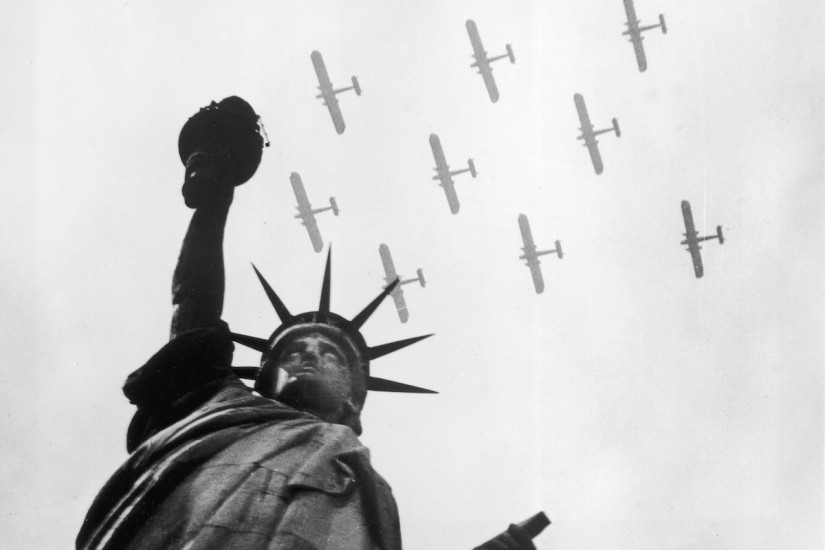Fourth of July weekend, 1986, was an awkward time for President Ronald Reagan to rededicate the Statue of Liberty as a welcome light to immigrants. Speaking on immigration during his acceptance of the Republican nomination for president in July 1980, Reagan had welded fragments of Emma Lazarus’ famous sonnet, installed on the statue’s base, to an American exceptionalism and Protestant nationalism Lazarus had not shared. “Can we doubt that only a Divine Providence placed this land, this island of freedom here as a refuge for all those people in the world who yearn to breathe freely?” he asked. When it came to the question of whose search for safety mattered, his examples were aligned with Cold War priorities: “Jews and Christians enduring persecution behind the Iron Curtain, the boat people of Southeast Asia, of Cuba and Haiti, victims of drought and famine in Africa.” America, it seemed, was synonymous with the freedom that immigrants craved, but some immigrants’ hunger for air mattered more than others’.
Once Reagan was in office, his administration made immigration policy an extension of an aggressive, militarized foreign policy. Despite the 1980 Refugee Act signed by President Carter, which set the criteria for asylum broadly as a “well-founded fear” of persecution, Reagan’s Immigrant and Naturalization Service politicized refuge, disproportionately granting asylum to those fleeing Communist states and denying it to nearly all applicants from violent, oppressive regimes the United States supported, like those of El Salvador and Haiti. Migrants who were owed asylum hearings were denied them. Where for decades, undocumented asylum applicants in state custody had been released on bond unless considered dangerous, from 1981 onward, many were imprisoned in detention centers, some of them leased-out jails. Meanwhile, U.S. military, political, and economic aid to right-wing regimes was helping uproot tens of thousands of Haitians, Guatemalans, Salvadorans, and Filipinos, some of whom found themselves at the United States’ increasingly harsh, punitive borders. The Sanctuary Movement, a campaign by faith communities to help migrants fleeing death squads and violence in Central America remain in the United States, was surveilled, infiltrated, and prosecuted by the administration.
